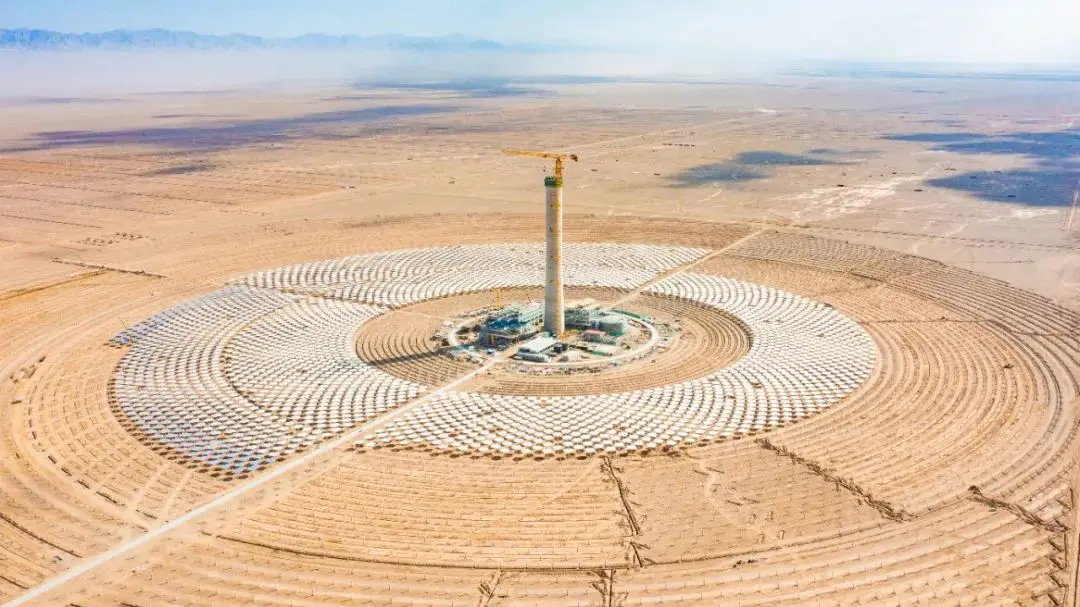Solar power stands as a transformative energy source, especially for desert nations where sunlight is abundant year-round. Harnessing this renewable energy promises to reduce dependency on fossil fuels, lower carbon emissions, and boost local economies. Given the vast, sunny deserts in these regions, expanding solar infrastructure can play a pivotal role in meeting rising energy demands sustainably. Governments and private sectors increasingly invest in solar farms, supporting technological innovation and job creation. This shift also aligns with global efforts to combat climate change, making solar power expansion a key strategy for environmental and economic resilience in arid countries.
Solar Power Drives Economic Growth in Desert Regions
Expanding solar energy infrastructure in desert nations accelerates economic development through several channels. First, it generates employment opportunities in construction, maintenance, and research sectors. Moreover, energy independence reduces import costs for fossil fuels, improving national budgets. Solar power plants enable rural electrification, enhancing living standards and business growth in remote areas. Additionally, technological advancements improve energy efficiency, further lowering operational costs. Consequently, desert countries can capitalize on their natural resources to create sustainable economies while contributing to global climate goals. This progress exemplifies a forward-thinking approach to energy policy and regional development.
Challenges and Solutions in Solar Power Implementation
Despite the advantages, expanding solar power in desert environments faces obstacles such as high initial investment costs, infrastructure limitations, and environmental concerns. Desert heat and dust can affect panel efficiency, requiring advanced maintenance strategies and innovative technologies. Governments and stakeholders must collaborate on policies that incentivize investment and facilitate knowledge transfer. Additionally, integrating solar energy with existing grids demands technical upgrades and regulatory frameworks. Addressing these challenges ensures long-term sustainability and maximizes benefits. Through continued innovation and strategic planning, desert nations can overcome barriers, establishing themselves as leaders in renewable energy adoption.
